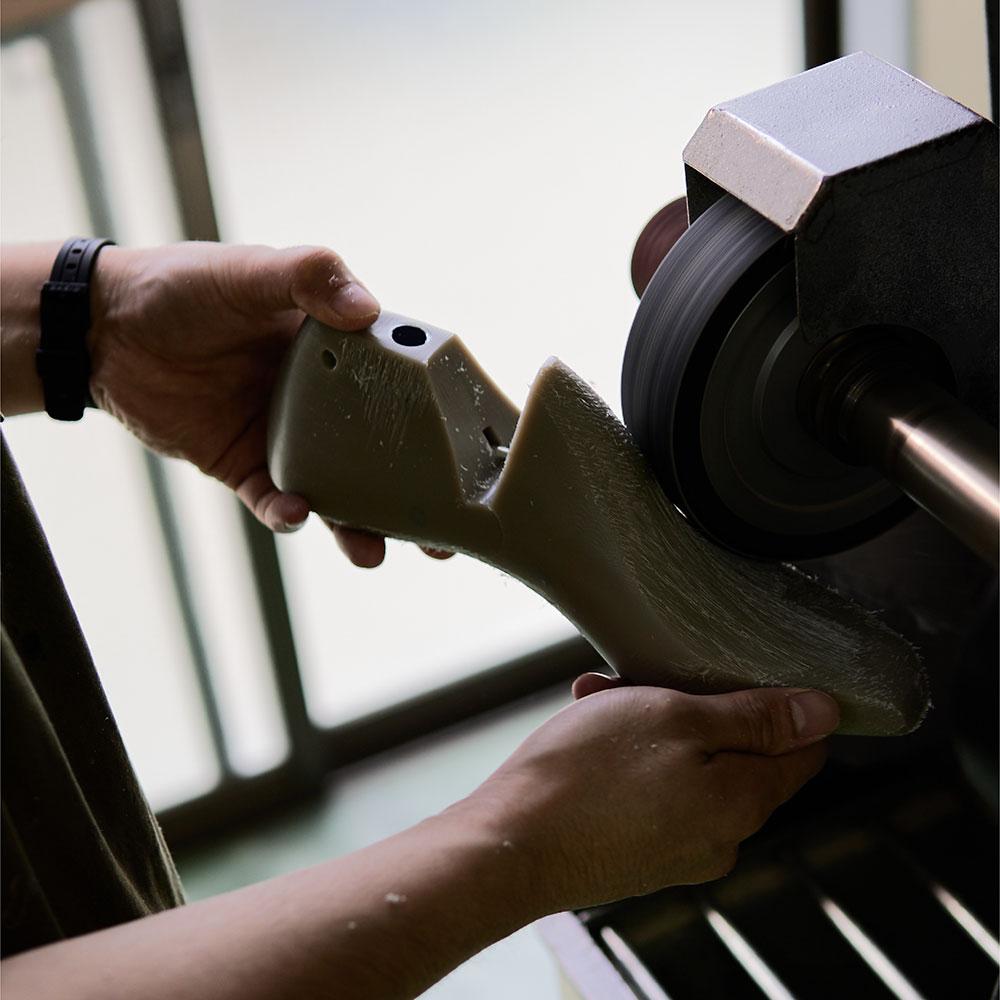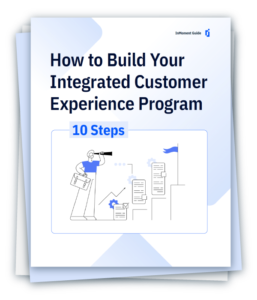Author: Simon Fraser, Vice President, Customer Experience Strategy, Pearl-Plaza
Bestselling author Mike Schmoker wrote that “things get done only if the data we gather can inform and inspire those in a position to make a difference.” This is a challenge that experience professionals the world over face as they strive not only to meaningfully improve customer interactions and relationships, but also to prove those improvements to the boardroom. This is where the importance of good storytelling comes into play.
As most experience practitioners can attest, telling the story of Experience Improvement (XI) can be surprisingly difficult. Between an acute need to prove ROI and, frankly, the human mind’s aversion to information retention, finding a point of ingress when storytelling isn’t always as simple as gesturing toward numbers. However, it’s important to remember that our brains are hardwired to think in narratives, and therein lies a means of telling effective stories to executives or, really, any stakeholder.
Solving Through Stories
Numbers are obviously important when it comes to impressing the C-suite, but our aforementioned bias toward narratives means that telling stories about emotion, about human connection, should also be considered here. Blending emotional and economic narratives together is often a winning combination in the boardroom, and one that many of us don’t pause to consider in our rush to populate whiteboards with numbers.
What kinds of emotional stories might work well here? Consider an example I often refer to about a young man with cerebral palsy, who always had to attempt to fit generic shoes about his leg braces. Imagine how happy he was when a brand was able to provide shoes he could wear with his braces, a feat which came about as a result of that brand’s experience programme and its dedication to implementing impactful change. I’m sure that you—and any reasonable executive—would agree that that’s a compelling story to tie Experience Improvement’s value to, especially since it ends with the parents submitting an image of their son in those trainers.
Let’s take a closer look at the elements that make this story compelling. On a psychological level, it’s important to remember that character-driven stories enhance the listener’s empathy (which is also why it’s a good idea to open your next presentation with such a narrative). Stories also conjure meaning because they and their narrative archetypes are central to what makes us human. Finally, stories like the shoe example conjure not only empathy, but curiosity, both of which make audiences feel highly engaged as the story crescendos, then concludes.
Creating Your Storyboard
Now that we’ve established which stories to tell and why, it’s time to examine which frameworks can help make those stories especially impactful for C-suite presentations. In other words, once you have your narrative and an opportunity to share it, how might some behind-the-scenes storyboarding help drive the executive buy-in crucial to your experience programme’s longevity?
Consultant Barbara Minto created a storytelling framework that I find effective, and it’s known as the Pyramid Principle. At its simplest, this framework flows as follows: the situation (S), the complication (C), the question (Q), and the answer (A). S-C-Q-A. You’ll note that my example from earlier suits this framework perfectly; the young man having cerebral palsy is the situation, his discomfort with conventional footwear is the complication, the question is how a brand might attempt to solve the problem, and the answer came in the form of it providing specialty footwear for him.
The Pyramid Principle may be simple, but that’s why it’s an effective storyboarding structure. It adheres to the psychological elements of narrative that we reviewed earlier. Moreover, it helps create that emotion that executives want to see in your experience storytelling, which will also stoke C-suite buy-in for your next programme ambitions. Fluency, familiarity, and feeling are all key here.
Gather ‘Round
Powerful stories can make a tremendous impact in the boardroom and beyond, but so can being a more effective storyteller. From what I have observed, the best storytellers guide the audience; they don’t dictate or determine. Guiding the audience instead of dictating the terms of your story is a much stronger means of encouraging them to think or act differently.
Additionally, just like experience programmes, practitioners looking to share a narrative should design it with the end in mind. If that end is indeed creating executive buy-in, keep it in mind as your proverbial north star and your ultimate, if subtle, message. The storytelling elements I mentioned earlier can be of great use at this stage, as well as for identifying previously unconsidered elements that may make your narrative more compelling.
Finally, just as you use your experience initiatives to challenge the market, use your stories to challenge the audience, albeit comfortably. Challenge your executives to acknowledge the power of emotional storytelling. Challenge stakeholders to create ever more emotional experiences for customers like that young man in my example. Finally, leverage storytelling to challenge your brand to create emotional, connective experiences for customers that appeal to who we are as humans just as vividly as the world’s greatest stories.
You can download the full PoV as a PDF by clicking the button below!
Download


